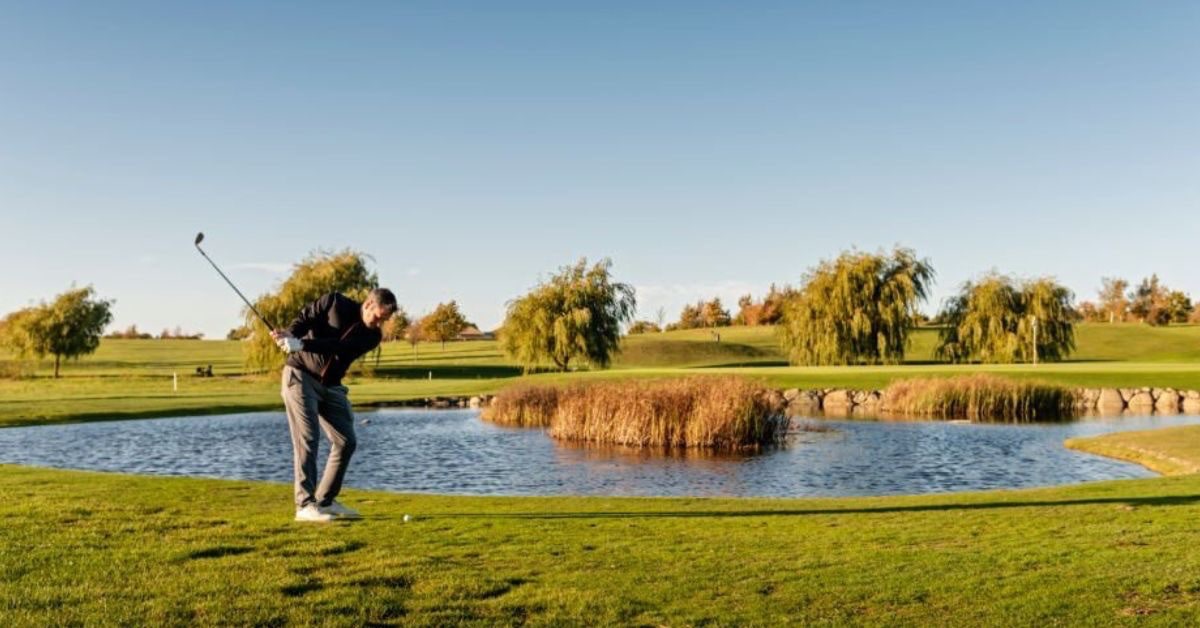With pitching wedges being designed with lower lofts, the yardage gap to the sand wedge is increasing. As a result, gap wedges have become somewhat essential.
One of the main things to consider in a new wedge is the bounce — the angle between the leading edge and the lowest point of the sole of the wedge.
In this article, you’ll learn whether an 8 or 12 degree bounce gap wedge is best for your swing type and the turf conditions you play on.
Ready? Let’s get into it.
8 or 12 Degree Bounce Gap Wedge
An 8 degree bounce gap wedge is best for golfers with shallower attack angles, who play on firm turf conditions with tight lies. Conversely, 12 degrees of bounce is optimal for steeper swings and softer turf conditions. Ultimately, the right wedge bounce will promote accurate contact for better distance control.
PRO TIP: Wedge bounce affects the strike height on the clubface.
For instance, Vokey offers two gap wedge bounce options: 8 or 12 degrees. Each of these is suited to different swing types and turf conditions.
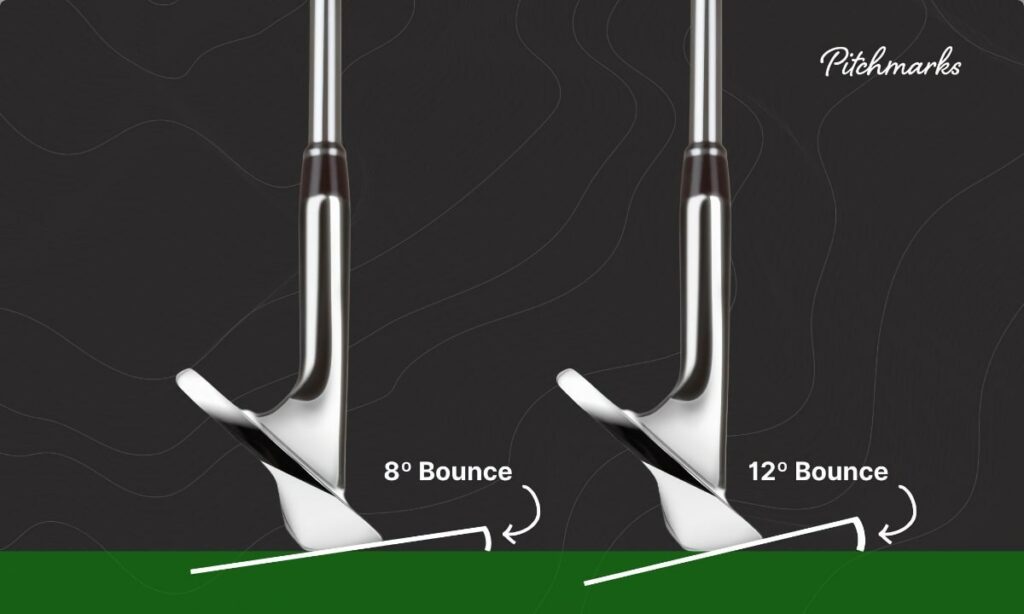
Low Bounce: 8 Degrees
With 8 degrees of bounce, the angle between the leading edge and the lowest point of the sole is lower. This means the leading edge sits closer to the ground at address.
There are three reasons to consider a low bounce gap wedge:
- If you swing with a shallow angle of attack
- If you play on firm turf conditions and tight lies
- If you mainly use your gap wedge for long shots
Let’s take a closer look at each of these in detail.
1. Shallow Angle of Attack
Golfers with a shallow angle of attack into the ball need lower wedge bounce, to ensure the leading edge sits closer to the turf.
Every wedge has a sweet spot — i.e. the ideal strike location on the clubface.
With a shallow swing, the club travels at a flatter angle into the ball. In order to strike the ball with the sweet spot, the leading edge needs to sit lower to the ground.
By contrast, if a golfer with a shallow swing played a high-bounce wedge, the impact position would be too low on the face — resulting in poor and inconsistent strikes.
Summary: Less bounce improves strike consistency for those with shallow swings.2. Firm Turf Conditions and Tight Lies
If you mainly play on golf courses with firm turf conditions and tight fairway lies, you’re better suited to a lower bounce gap wedge.
Essentially, when playing on firmer courses, there is less scope for taking big divots.
With too much bounce, the wedge is likely to rebound into the ball at impact, rather than cut through the turf. Lower bounce will improve ball contact in these conditions.
Summary: Firm turf conditions require less bounce to prevent the risk of thin shots.3. Using the Gap Wedge For Long Shots
Players who prefer to use their gap wedge for full and three-quarter approach shots into the green are likely to want less bounce.
If you don’t intend to use your gap wedge for anything less than longer approach shots, 8 degrees of bounce will typically offer more consistency.
Summary: Lower bounce gap wedges are better for full approach shots into the green.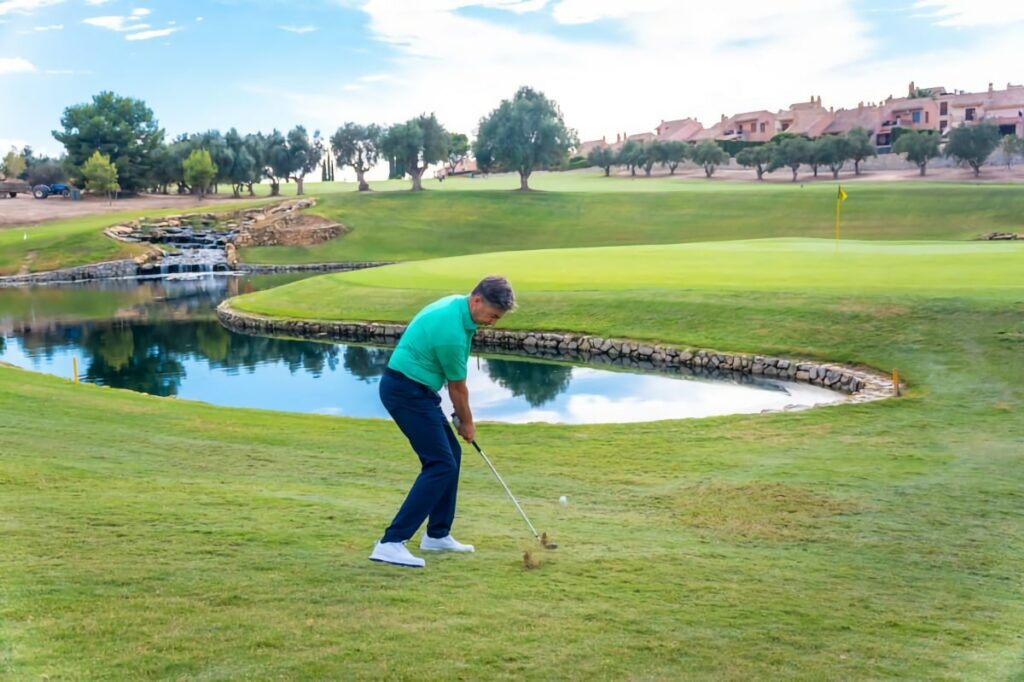
High Bounce: 12 Degrees
With 12 degrees of bounce, there is a greater angle formed between the leading edge and the sole of the club. This means the leading edge sits higher off the ground.
There are three reasons to consider a high bounce gap wedge:
- If you have a steeper angle of attack
- If you play in softer turf conditions
- If you use a gap wedge around the green
Let’s address each of these reasons.
1. Steeper Angle of Attack
For players who have a steep angle of attack with larger divots, a high bounce gap wedge will raise the leading edge. This promotes strikes out of the sweet spot.
Generally, steep “digging” swings need more precision than shallow “sweeping” ones.
In effect, the extra bounce prevents the club from digging into the ground. This makes it more forgiving to hit with a steep swing, without needing a 100% precise strike.
Conversely, a low-bounce wedge is more likely to dig with a steep swing. Not only does this often cause the ball to strike too high on the face, but also fat and thin shots.
Summary: More bounce improves strike consistency for those with steeper swings.2. Softer Turf Conditions
When playing in soft, wet turf conditions, a higher bounce gap wedge will prevent the club from digging into the turf on slightly poor strikes.
Essentially, bounce adds forgiveness. It lifts the leading edge away from the ground, which helps the club glide across the turf rather than digging into it.
“Bounce is your friend.”
— Bob Vokey
If you use a low-bounce wedge in soft turf conditions, you need a highly accurate strike every time. Unless you’re a tour pro, this is very challenging!
Summary: Soft turf conditions require more bounce to prevent the risk of digging.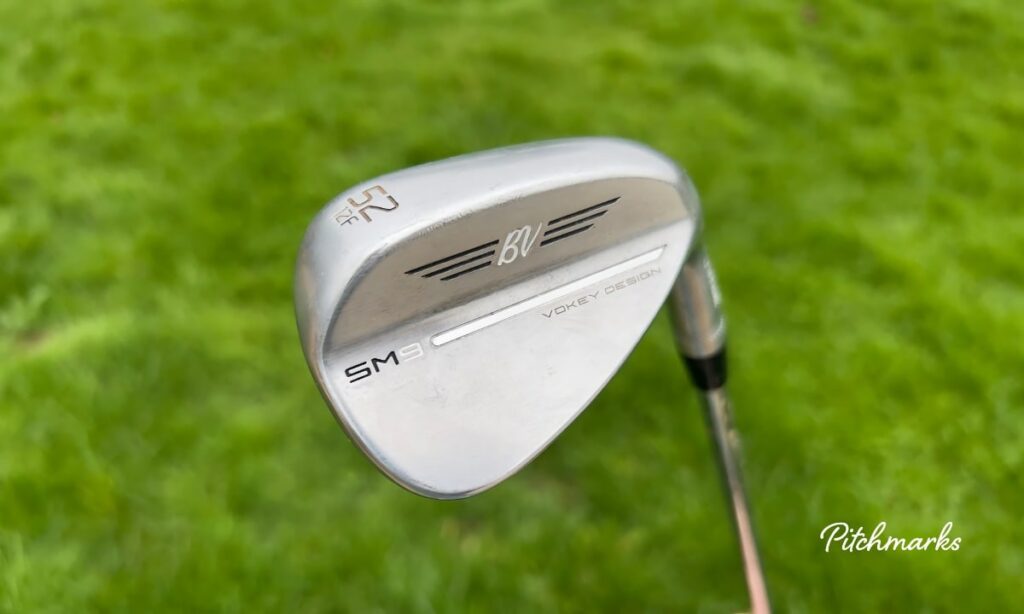
3. Using the Gap Wedge Around the Green
If you intend to use your 50 or 52-degree gap wedge for delicate pitch and chip shots around the green, consider taking more bounce.
Many golfers default to their lob wedge for chip shots. However, there are several wedges to use around the green depending on the situation.
So, if you plan to use your gap wedge for chipping, 12 degrees of bounce will offer plenty of forgiveness for the short-swing shots around the green.
Summary: Higher bounce gap wedges are better for chip shots around the green.In the video below, the team at TXG demonstrates the importance of wedge bounce to help you decide between an 8 or 12 degree bounce gap wedge:
FAQs
Here are some commonly asked questions regarding gap wedges and bounce.
What Is a Gap Wedge Used For?
Gap wedges are typically used for approach shots into the green. With between 50-52 degrees of loft, they sit between a pitching wedge and a sand wedge in the bag.
With a full swing, this equates to about a 100-yard shot.
However, some golfers like to use their gap wedge for more delicate pitch and chip shots around the green — particularly for low-launch bump and run shots.
What Is the Best Bounce For a 52 Degree Wedge?
If you have a fairly shallow swing and “sweep” the ball or usually play on firm, dry golf courses, then 8 degrees of bounce is best for a 52 degree wedge.
This is because the leading edge is lower, and will produce a more accurate strike.
But, if you swing with a steep angle of attack into the ball, or typically play on softer golf courses, then 12 degrees of bounce is ideal for your 52 degree wedge.
The reason: more bounce raises the leading edge, along with the sweet spot.
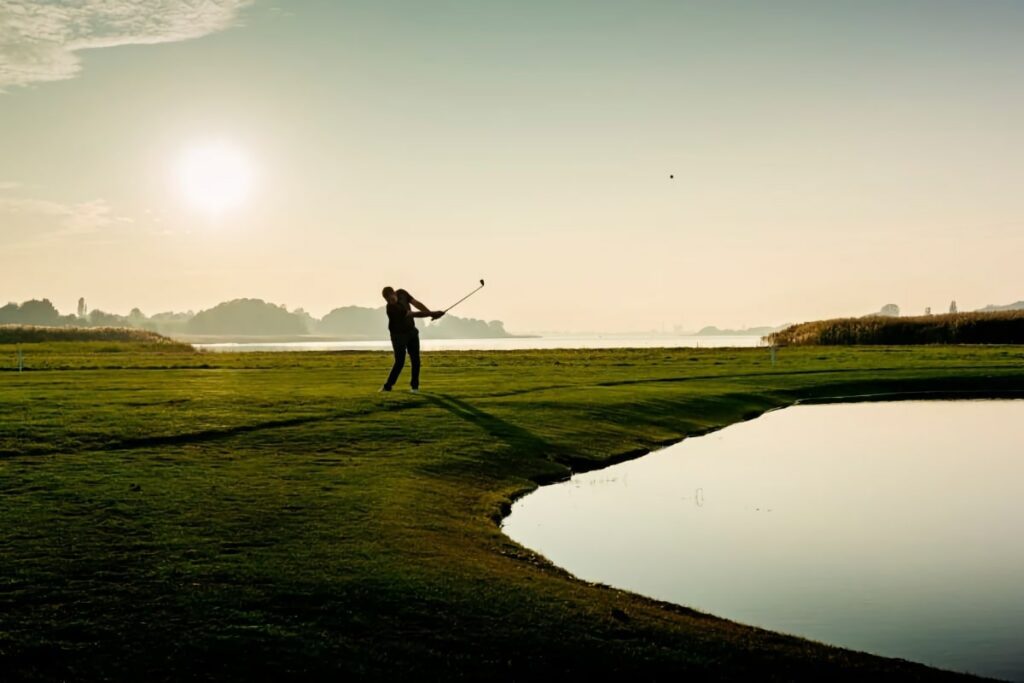
Is 12 Degrees of Bounce Too Much?
12 degrees of bounce is too much if you have a shallow golf swing, or play on firmer turf conditions. However, 12 degrees is ideal for steep swings and softer courses.
Ultimately, I recommend you test both types of bounce on the course to determine which is best suited to your swing and local course conditions.
What Is the Most Forgiving Wedge Bounce?
Generally, a higher bounce is more forgiving. This is because it prevents the leading edge from digging into the ground, encouraging the club to glide through impact.
In the wedge swing, the aim is to strike the ball as cleanly as possible. By using a wedge with forgiving bounce, you increase the likelihood of good contact, which leads to good distance control and overall consistency in your wedge shots.
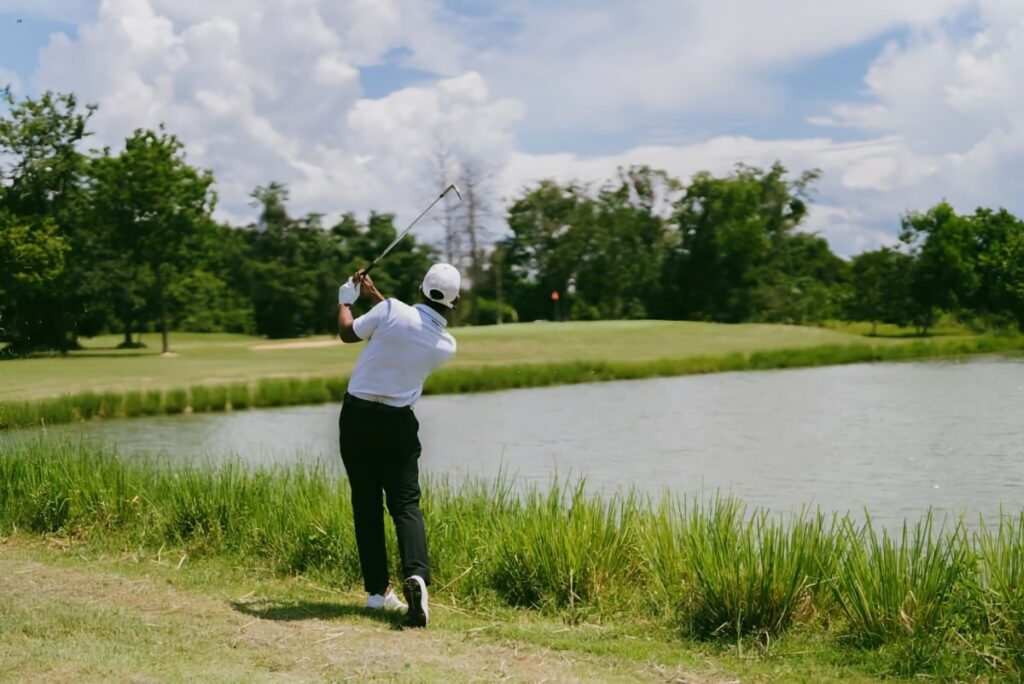
Final Thoughts
In summary, when choosing between an 8 or 12 degree bounce gap wedge it’s vital to consider your typical angle of attack, as well as the condition of the courses you play.
Essentially, 8 degrees of bounce means the leading edge is closer to the ground. This is better for shallow attack angles, and firm, dry golf course conditions.
On the other hand, 12 degrees of bounce is better if you swing with a steep angle of attack into the ball, or play in soft, wet turf conditions.
Ultimately, I highly recommend a professional wedge fitting. They will be able to assess your swing, helping you come to a conclusion on which bounce is for you.

